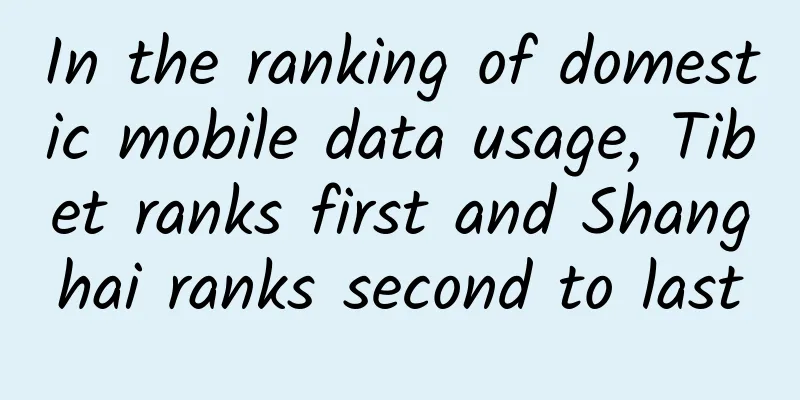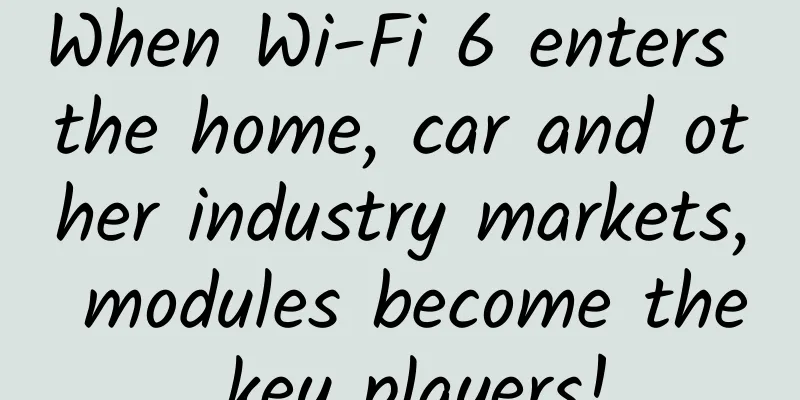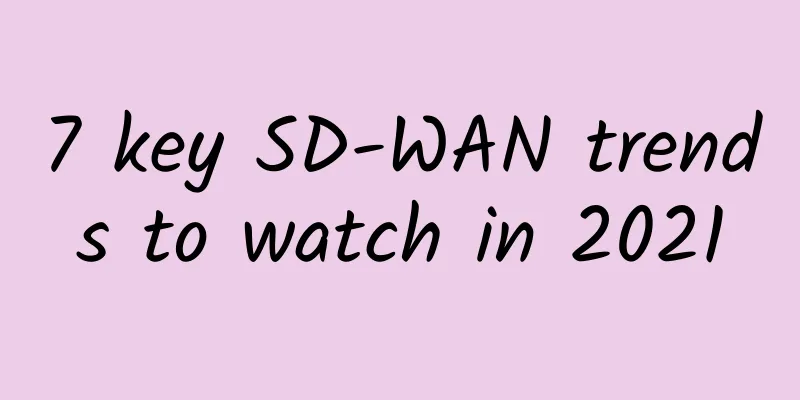What is the difference between a cell and a sector? What about carrier frequency and carrier wave?
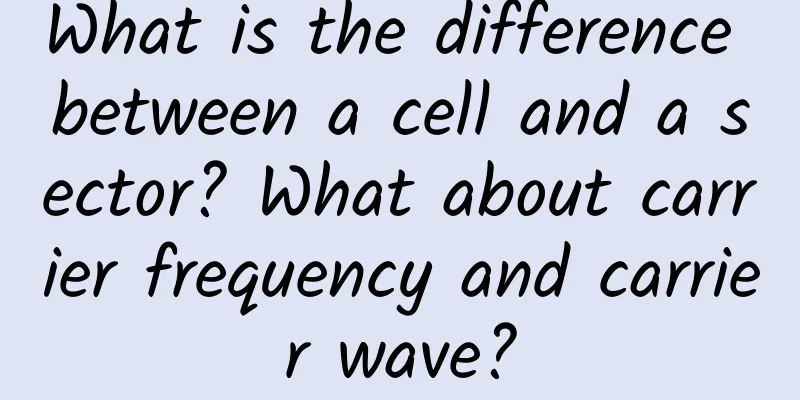
|
Cell, sector, carrier and carrier frequency are all concepts related to mobile communication base stations. Let’s start with the base station. Base Station, or BS for short, is an important part of the wireless access network in the mobile communication network. picture The main functions of a base station are signal modulation and demodulation, RF transmission and reception (for details, see here: What are baseband and RF used for?). In the 4G era, the main hardware components of base stations are BBU (baseband processing unit), RRU (radio remote unit) and antenna feeder (antenna, feeder) system. In the 5G era, the hardware has changed, and the passive antenna has become an active antenna, that is, AAU (active antenna unit). picture In real life, we often see base stations. For example, the following: picture In fact, strictly speaking, the picture above is a tower of a physical site. Hanging on the tower are many antennas of the base station. picture The complete composition of a base station (4G) Usually, a site has not just one base station, but multiple base stations. For example, operators such as China Mobile, China Telecom, and China Unicom all have their own base stations, which are installed at the same site. Moreover, even if it is a single operator, it is very likely that base stations of different network standards, such as 2G, 3G, 4G, and 5G, will be located at this site. █ Cells and sectorsWhen I introduced antennas before, I mentioned that there are omnidirectional antennas and directional antennas. Omnidirectional antennas (usually whip-shaped or cylindrical) transmit signals in all directions. Directional antennas (usually plate-shaped) transmit signals in a specified direction. picture For some areas with wide vision and low user density, omnidirectional antennas are used to transmit low-frequency signals (longer wavelength, better diffraction ability, and longer coverage distance) to cover a large area around. This is called "center excitation." Center Incentive For more complex areas and areas with high user density, using directional antennas can improve signal coverage. After calculations, experts found that three antennas (each covering 120°) were the most cost-effective and effective. Thus, a design of a base station with three coverage areas was developed. picture As can be seen from the figure below, base stations are located at the three vertices of the hexagon of each cell. Each base station uses three directional antennas to cover one-third of the area of each of the three adjacent cells. Vertex Incentive The above method is called the "vertex excitation" method. As you can see, the coverage of directional antennas is more flexible and can effectively eliminate the impact of obstacles within the cell. Wherever you need it, point it there Of course, in addition to three antennas, other coverage methods may also be used, such as six antennas, each covering 60°. Whether it is 60° or 30°, the coverage area looks like a fan. This wireless coverage area is called a sector. Like a base station, a sector is a physical concept and actually exists. Sectors seen on the network optimization tool interface In the industry, there are generally two types of base stations: S-type and O-type. S stands for Sectorized, and O stands for Omni-directional. So, what is a cell? Is a base station a cell? Or is a sector a cell? The answer is: not necessarily. Before introducing cells, I need to introduce two concepts - carrier and carrier frequency. Carrier is also a physical concept. Generally speaking, it refers to the modulated radio electromagnetic wave that carries audio, video and other information. Each carrier occupies a certain range of frequencies. Carrier frequency is the carrier frequency. There are many ways to refer to carrier frequency, sometimes it refers to the frequency value, sometimes it refers to the related hardware. The value of the center frequency of the carrier is the center frequency point. If a sector has only one carrier, the capacity may not be enough. In this case, multiple carriers will be configured. A sector is a physical concept, while a cell is a logical concept. Different network standards have different definitions of cells. In 2G GSM, cell = sector. 2G GSM is a narrowband system with small single carrier capacity, so multiple carriers are "bundled" together to form a "cell". For example, S 2/2/2 means that the site has three cells (sectors) and each cell has two carriers. In 3G WCDMA, 4G LTE, and 5G, cell = carrier. 3G WCDMA is broadband CDMA, and 4G LTE has a larger single-carrier bandwidth. For one sector, 1-2 carriers are enough. If it is S 1/1/1 configuration, there are 3 sectors, each sector has only 1 carrier, then there are 3 cells in total. (The cells are distinguished by scrambling codes, for example, 1, 2, 3). If it is S 2/2/2 configuration, 3 sectors, each sector has 2 carriers, then there are a total of 3×2=6 cells. (The number of cells that can be configured in a single sector depends on the hardware capabilities.) We can also remember it simply like this: if the bandwidth is small, the number of carriers is large, and multiple carriers are configured as one cell. If the bandwidth is large, the number of carriers is small, and one carrier is one cell. To summarize: A wireless coverage area identified by a base station identity code (BSIC) or a cell global identifier (CGI) is called a cell. A cell is the smallest service area unit that provides terminal access. It is virtual and logical. The system defines it, and then engineers can treat it as an object to perform parameter configuration, management and control. The key to distinguishing communities is whether they can provide independent services. A GSM cell has multiple carriers, but only one broadcast BCCH (broadcast control channel). Therefore, a cell is a combination of multiple carriers to provide cell services. Different carriers of WCDMA and LTE have their own pilot signals and are independent. Therefore, one carrier is the concept of one cell. Okay, does everyone understand? |
>>: Benefits of Fiber Optic Networks: Learn What It Is and Why It Matters
Recommend
Should operators delay 5G deployment plans until 2021?
In 2020, the sudden outbreak of COVID-19 is havin...
Ruijie Networks' scenario-based wireless technology helps Suning's new shopping model of "Internet + Retail"
As a leading enterprise in China's private en...
Fiber Optic Cable Types and Installation Tips
Expanding the presence of fiber optics has become...
Ele.me Cheng Yanling: Share the correct way to open the era of multi-active operation and maintenance of the whole site
[51CTO.com original article] On December 1-2, 201...
Link aggregation, redundancy, stacking, and hot backup of core switches
1. Link Aggregation Link aggregation is the combi...
Juniper Networks' SD-WAN as a Service Reshapes Enterprise Branch Networks
On April 9, 2019, Juniper Networks, a provider of...
5G Thinking丨Please give 5G some tolerance and time
[[400629]] Recently, 5G has become a hot topic on...
Yike Cloud: 20% off on all VPS hosts, US CN2 GIA/Hong Kong CN2/CN2 High Defense lines available
OneTechCloud is a Chinese business founded in 201...
DesiVPS: Los Angeles 1Gbps unlimited traffic VPS for $22 per year, supports free IP change
DesiVPS has launched the Year End Stock Clearance...
The battle for future wireless network communication technology
Wireless communication is closely related to our ...
5G technology enables smart transportation, and operators add more ingredients to make the cake bigger
Recently, the Ministry of Transport, together wit...
WOT Boco Nie Xiaoyun: WLAN network capacity performance design and optimization
[51CTO.com original article] Just last week, the ...
5G healthcare development direction and challenges
[[403098]] The development of 5G healthcare has e...
5G vs. WiFi 6: Tips for choosing the best wireless network option
There has been much to prove about 5G’s theoretic...
How to avoid safety traps when using mobile phones for the elderly? Remember these "iron rules"
With the development of mobile Internet, people o...


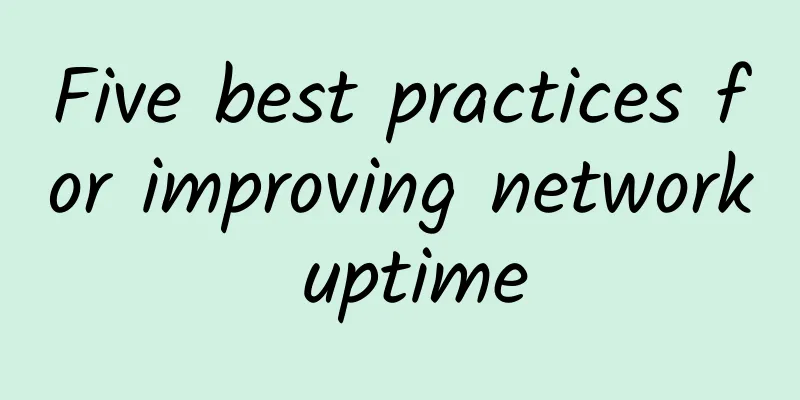
![[Black Friday] spinservers: Dallas/San Jose dedicated servers starting from $59/month, E3-1280v5/32G/1TB NVMe/10Gbps bandwidth](/upload/images/67cac01c72246.webp)
